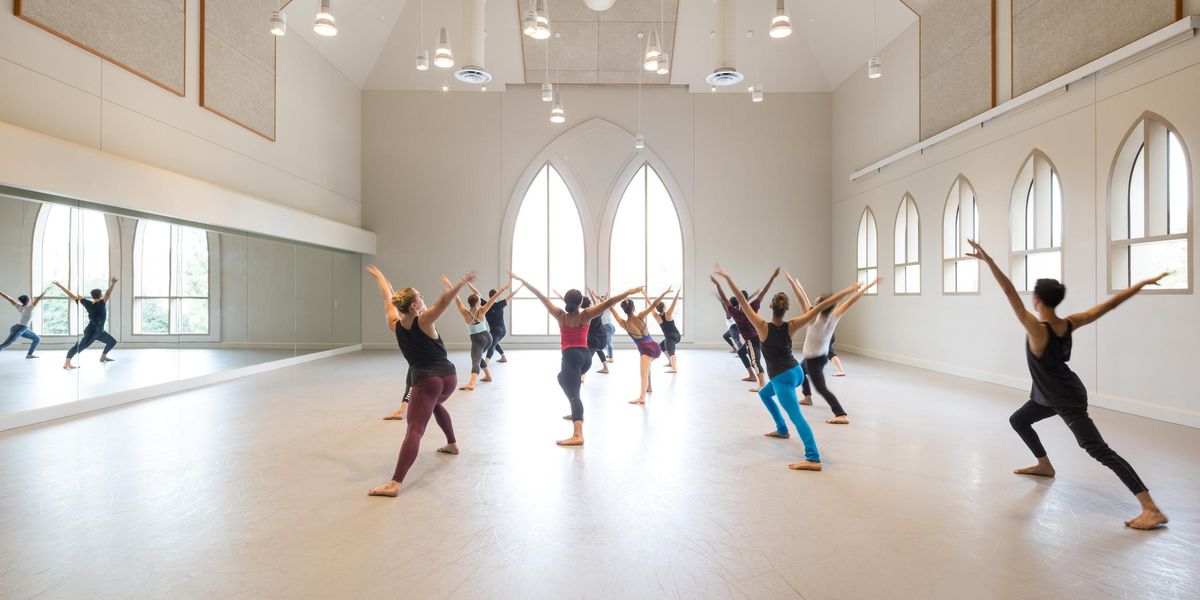Your Body: Core Control
Balance and muscle strengthening can help rein in loose ligaments.
Photo by Erin Baiano.
Hypermobility often is an asset in the ballet world, but it can prove a mixed blessing. Legs fly so high because of ligamental laxity, which can predispose a dancer to injury. Loose ligaments mean a joint can move too far beyond its range, leading to a serious sprain or dislocation that can take weeks to heal. Imagine ligaments as safety straps for joints. “They are the deepest layer of stability—a block that prevents too much movement of one bone on another bone,” says Meta Chessin, MPT, who works with dancers at the Virginia Mason Sports Medicine clinic in Seattle, Washington.
It’s common for dancers who are hypermobile to be prone to ankle sprains, says Bridget Quinn, MD, who is affiliated with the division of sports medicine at Children’s Hospital in Boston and treats Boston Ballet’s dancers. A hypermobile dancer may be vulnerable to dislocation problems, pain around the kneecap, and increased strain on the hip flexors. “Hypermobile dancers may have longer tissue healing time,” says Quinn.
Ligamental motion helps us know where we are in space. Without ligaments’ normal limiting action, we get less feedback from our bodies. While dancers can’t make a lax ligament tighter, they can strengthen the muscles that support the body’s internal structure, and improve proprioception. Stronger muscles, says Quinn, can compensate for ligamentous laxity. “Strengthening and proprioceptive work are key,” she says.
Today most dancers in ballet companies are routinely screened with the Beighton Hypermobility test. Joffrey ballerina Victoria Jaiani has coped with hypermobility throughout her career. “To enhance my core strength, I do single leg circles on the reformer, which stabilize my abs and torso muscles,” she says. “I also like to do planks on the physio ball to stabilize and strengthen the entire body.”
Chessin points out that core-building exercises help to stabilize the torso, which leads to better extremity control. “We are talking about all the intrinsic muscles of the torso, including the pelvic area and the shoulder girdle,” says Chessin.
Helpful core-building exercises include:
Planks
Put yourself in push-up position, balancing on your feet and forearms (or on hands). Try to be as horizontal as possible. Stay for 30 seconds, and then gradually increase the length of time. Add complexity by lifting one arm at a time or one leg at a time (keep three limbs of support), working up to lifting one arm and the opposite leg (two limbs of support). Control the moving limb throughout a range of motion starting from small to large.
Side planks
Slowly lift your downward hip away from the floor so that you are balancing on one hand and the side of the knee (this can be advanced to balancing on one hand and the side of the feet). Gradually work up to lifting your top leg (as high as you can control) in parallel or turned-out position.
Ankle work
Use a piece of memory foam for practicing balance. A memory foam pillow or several layers of bubble wrap will work. Performing simple ballet exercises, like a demi-plié, or stepping up to a passé on a wobbly surface, is a quick way to wake up all the muscles that compensate for loose ligaments.
With a stronger core, it’s possible to be loose and avoid injury. “I’ve always been flexible, it comes naturally to me,” says Jaiani, who regularly does extra core work. “It helps me to keep my body in tune and allows me to use my flexibility to my full potential.”
Nancy Wozny writes about health and the arts from Houston.
Better Balance
Conditioning with Imagery for Dancers
, by Donna Krasnow and Jordana Deveau, takes a whole-body approach to conditioning, and neuro-muscular repatterning. It helps dancers develop the kind of proprioceptive intelligence needed to have a better awareness of their bodies in space. It includes more than 80 exercises for strength, flexibility and endurance, with visualization and imagery to enhance their impact. See www.thompsonbooks.com.
Brace Yourself
Balancing mobility and stability is tricky when a dancer needs both for nursing an injury. Bauerfeind makes several compression braces that breathe, allow more movement while providing stability and intermittent compression massage. GenuTrain, for the knee, and MalleoTrain, for the ankle, are two popular choices for dancers who need a little extra support while not compromising movement. www.bauerfeind.com




